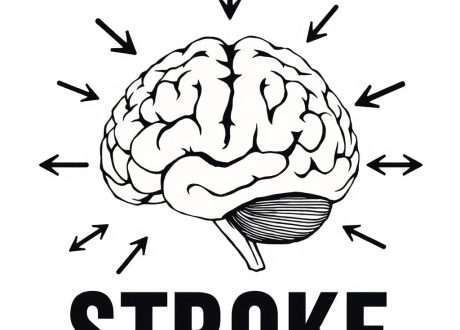Procedural sedation (PS) is a frequently performed clinical practice in the ED1 aiming to facilitate a state that allows patients to tolerate uncomfortable procedures.2 The ideal agent for PS in the ED should provide anxiolysis, analgesia and amnesia in a rapid and predictable manner, with minimal adverse events and a rapid recovery phase.3 Remimazolam (RMZ) is a novel benzodiazepine with rapid conversion into an inactive metabolite, making it ultra-short acting. Compared with other intravenous sedative agents, it is less likely to cause cardiovascular or respiratory depression and in case of an adverse event, it can be antagonised using flumazenil.4 This beneficial risk profile suggests safe use of RMZ in the ED. Previous studies have described the success of RMZ for PS during endoscopic procedures5; however, there is no literature on the use of RMZ in the ED.
allows patients to tolerate uncomfortable procedures.2 The ideal agent for PS in the ED should provide anxiolysis, analgesia and amnesia in a rapid and predictable manner, with minimal adverse events and a rapid recovery phase.3 Remimazolam (RMZ) is a novel benzodiazepine with rapid conversion into an inactive metabolite, making it ultra-short acting. Compared with other intravenous sedative agents, it is less likely to cause cardiovascular or respiratory depression and in case of an adverse event, it can be antagonised using flumazenil.4 This beneficial risk profile suggests safe use of RMZ in the ED. Previous studies have described the success of RMZ for PS during endoscopic procedures5; however, there is no literature on the use of RMZ in the ED.
The aim of the current study was to gain knowledge on the efficacy and safety of RMZ for PS in the ED. Therefore, we conducted an observational prospective multicentre study in patients aged 18 years or older requiring PS in the ED at Canisius Wilhelmina Hospital or Radboudumc in Nijmegen, the Netherlands. There was no competing interest, and no funding was received. Patients were enrolled from August 2022 to December 2022, and verbal informed consent was obtained prior to the procedure. Patients with an allergy to benzodiazepines or a body mass index >40 were excluded from the study. Following our national guidelines,6 the initial dose of RMZ depends on the desired effect, specifically 7.5 mg for sedation and 5 mg for anxiolysis or sedation in special patient groups (age >65 years, American Society of Anesthesiologists >3 and body weight <50 kg). Top-up doses of 2.5 mg, up to a maximum of 5, were administered if the desired sedation level was not achieved after 2 min. In expected painful procedures, RMZ was combined with analgesia (fentanyl or esketamine). The primary outcome was the success of sedation, defined as successful completion of the procedure with no requirement for a rescue sedative. Secondary outcomes were starting dose of RMZ, the depth of sedation classified by the Richmond Agitation-Sedation Scale (RASS), number of top-up doses needed, achievement of amnesia (based on patients’ self-report), time to recovery (RASS 1) and adverse events.










